We put the Oppo Find X5 Lite through our rigorous DXOMARK Display test suite to measure its performance, and here’s how it did.
Overview
Key display specifications:
- 6.43 inches AMOLED, (~86.0% screen-to-body ratio)
- Dimensions: 160.6 x 73.2 x 7.81 mm
- Resolution: 2400 x 1080 pixels, (~409 ppi density)
- Aspect ratio: 20:9
- Refresh rate: 90 Hz (maximum)
Scoring
Sub-scores and attributes included in the calculations of the global score.
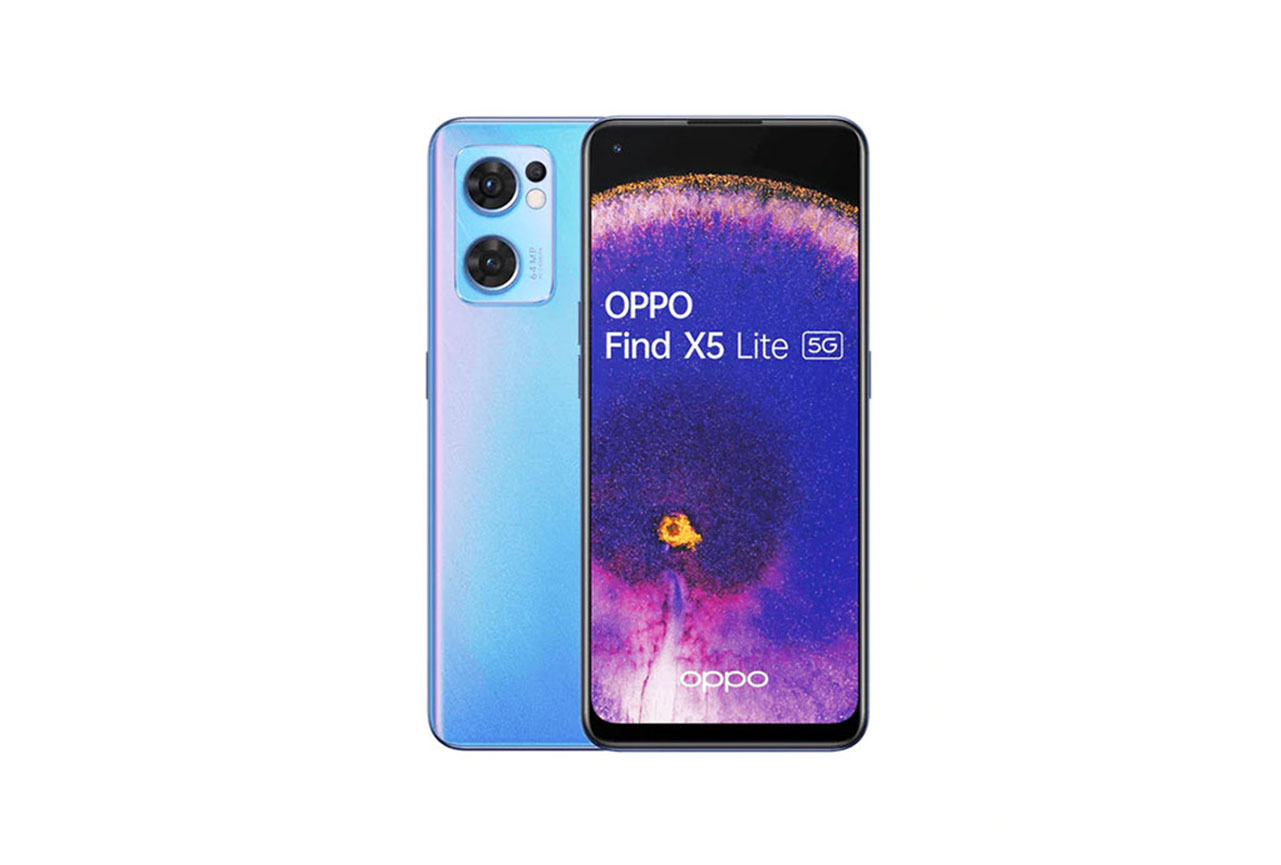 Oppo Find X5 Lite
Oppo Find X5 Lite


Pros
- Accurate touch
- Readable in low light with a brightness adaptation according to the time of the day
- Good color and brightness uniformity
Cons
- Very saturated colors in HDR10 videos, showing a green cast, with hardly visible dark tones
- Lack of brightness, which affects level of details when viewing pictures in indoor and outdoor conditions
- Visible blue and pink stripes when viewed in angle
The Oppo Find X5 Lite’s web browsing lacked smoothness, which was a distraction when using the screen in its most basic function.
The display’s brightness levels are programmed to be adapted to the time of day. While brightness was well suited in low light during the day, we found it to be a bit dim during the night. However, light transitions were correct. The BLF also gave the screen a noticeable orange cast.
In outdoor and indoor conditions, the device lacked enough brightness for comfortable reading. In addition, pink and blue stripes were visible on the screen when viewing at an angle.
For gamers, the display offered an average experience, with just a few visible frame drops when playing and accurate touch, which offset the aliasing and lack of smoothness when playing.
Watching HDR10 videos on the Oppo Find X5 Lite was a poor experience because of the screen’s green cast and very saturated colors. In addition, the low brightness and the low level of details in the dark tones affected the HDR experience
Test summary
About DXOMARK Display tests: For scoring and analysis in our smartphone and other display reviews, DXOMARK engineers perform a variety of objective and perceptual tests under controlled lab and real-life conditions. Note that we evaluate display attributes using only the device’s built-in display hardware and its still image (gallery) and video apps at their default settings. (For in-depth information about how we evaluate smartphone and other displays, check out our articles, “How DXOMARK tests display quality” and “A closer look at DXOMARK Display testing.”
The following section gathers key elements of our exhaustive tests and analyses performed in DXOMARK laboratories. Detailed performance evaluations under the form of reports are available upon request. Do not hesitate to contact us.
Readability
Oppo Find X5 Lite
164
Readability evaluates how easily and comfortably users can read the display under different real-life conditions on still content (photos & web). DXOMARK uses its Display Bench to recreate ambient light conditions ranging from total darkness to bright sunlight. In addition to laboratory tests,perceptual analysis is also made in real-life environments.

Luminance uniformity in false color for 20% gray
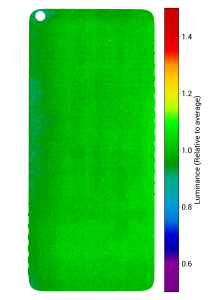
Color
Oppo Find X5 Lite
165
The color attribute evaluates the capacity of the device to accurately reproduce colors. The measurements taken are for fidelity, white point color, and gamut coverage. We perform color evaluations for different lighting conditions to see how well the device can manage color in the surrounding environment. Colors are measured using a spectrophotometer in a controlled lighting environment. Perceptual analysis of color rendering is against the reference pattern displayed on a calibrated professional monitor.
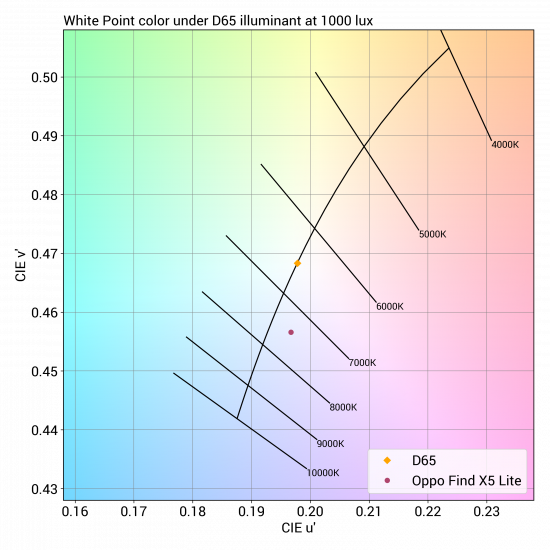
Each arrow represents the color difference between a target color pattern (base of the arrow) and its actual measurement (tip of the arrow). The longer the arrow, the greater the color difference is visible. If the arrow stays within the circle, the color difference will only be visible to trained eyes.


This graph shows the color shift when the screen is at an angle. Each dot represents a measurement at a particular angle. Dots inside the inner circle exhibit no color shift in angle; those between the inner and outer circle have shifts that only trained experts will see; but those falling outside the outer circle are noticeable.
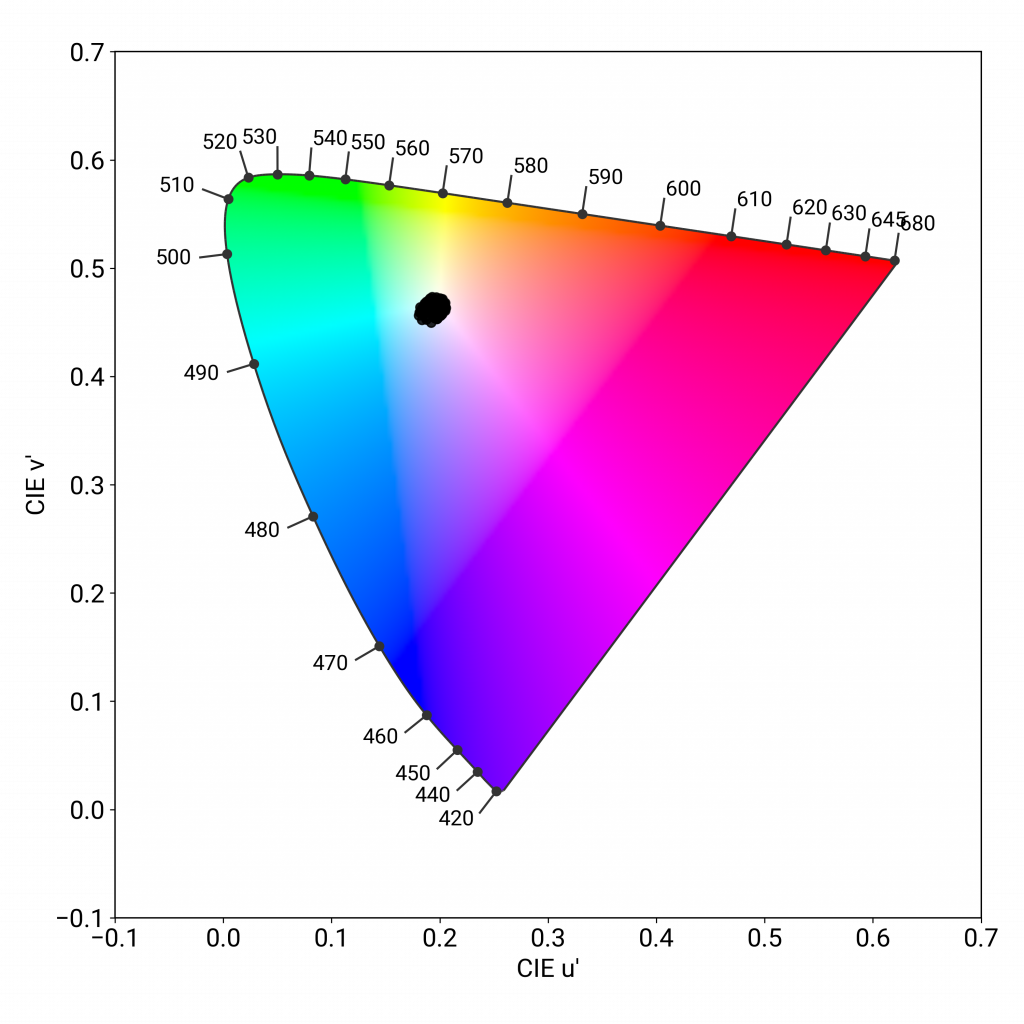
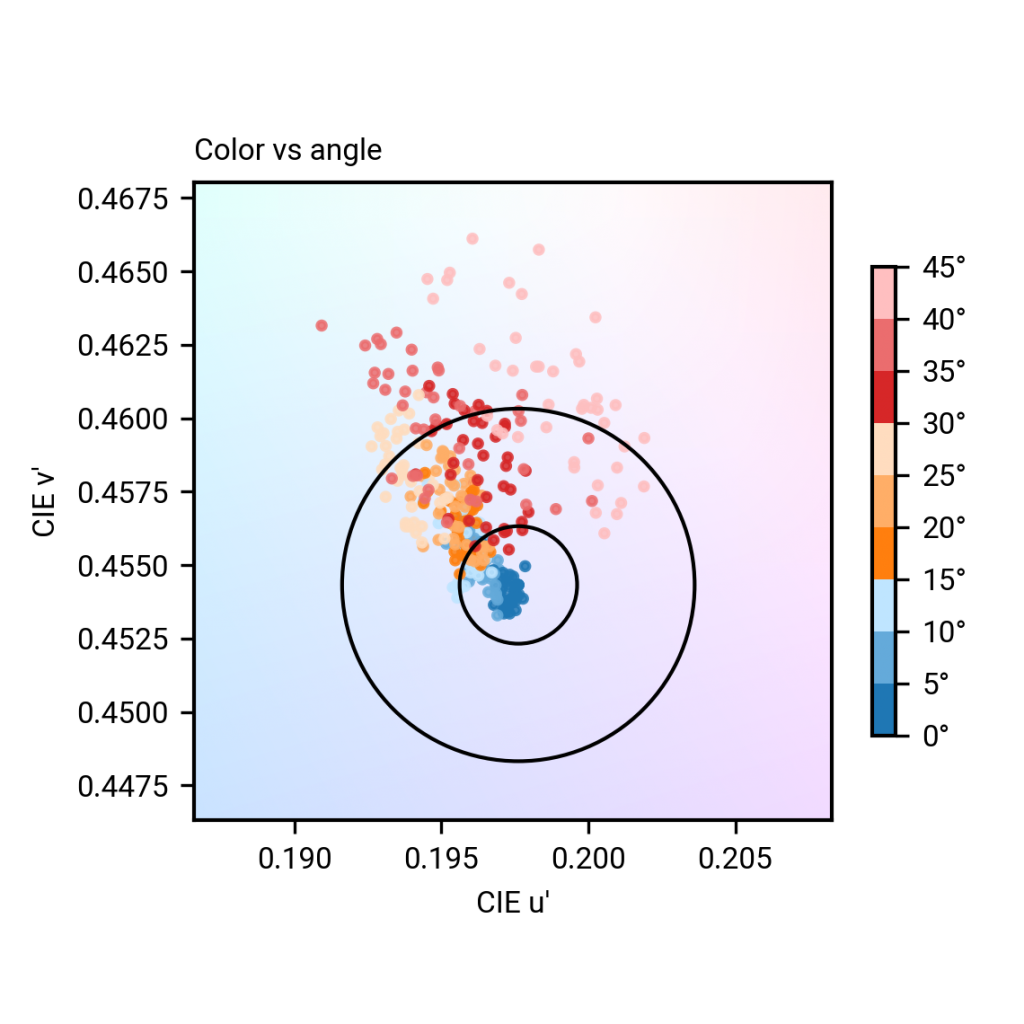
Video
Oppo Find X5 Lite
167
Our video attribute evaluates the Standard Dynamic Range (SDR) and High Dynamic Range (HDR10) video handling of each device in indoor and low light conditions. We measure tone mapping, color gamut, brightness and contrast of the display. We perform perceptual analysis against our professional reference monitor (Sony BVM-HX310) to ensure that the rendering respects the artistic intent.
The primary colors are measured both in HDR10 and SDR. The extracted color gamut shows the extent of the color area that the device can render. To respect the artistic intent, the measured gamut should match the mastering color space of each video.
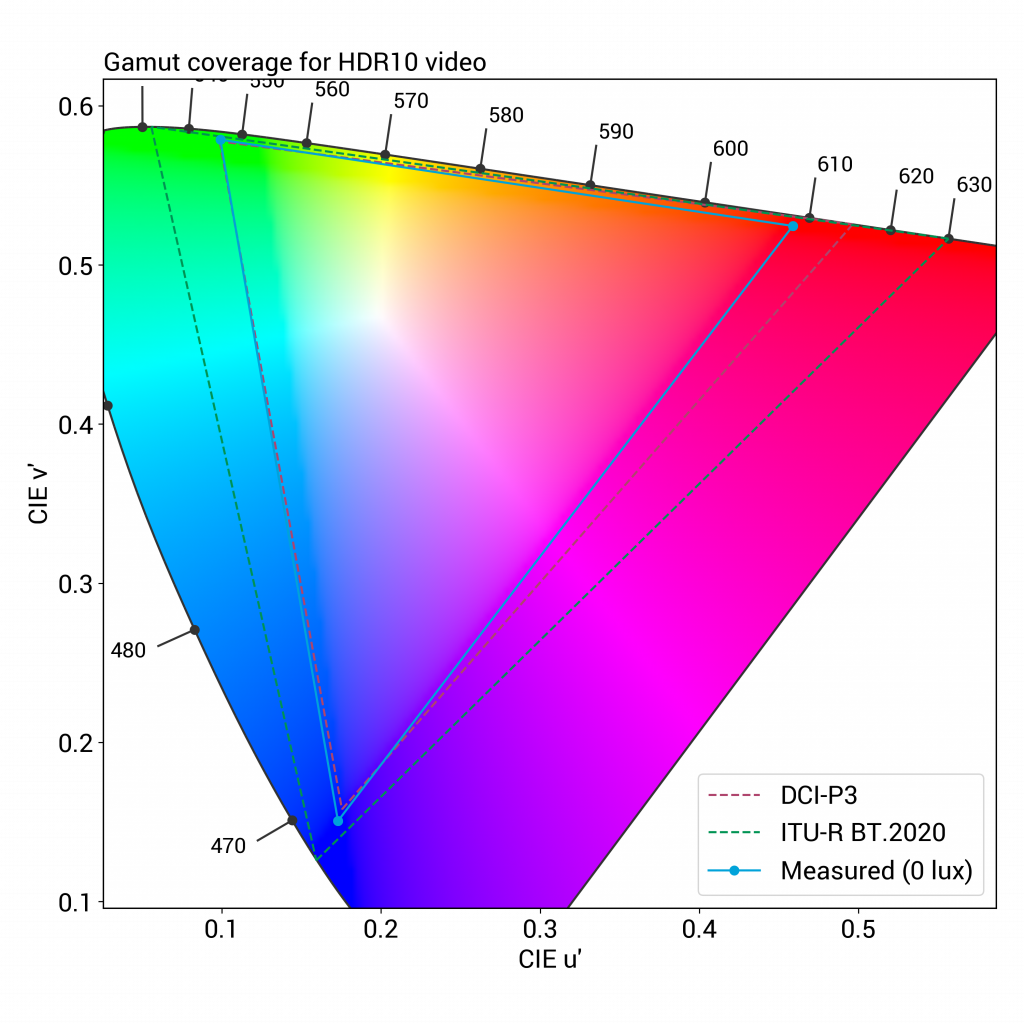
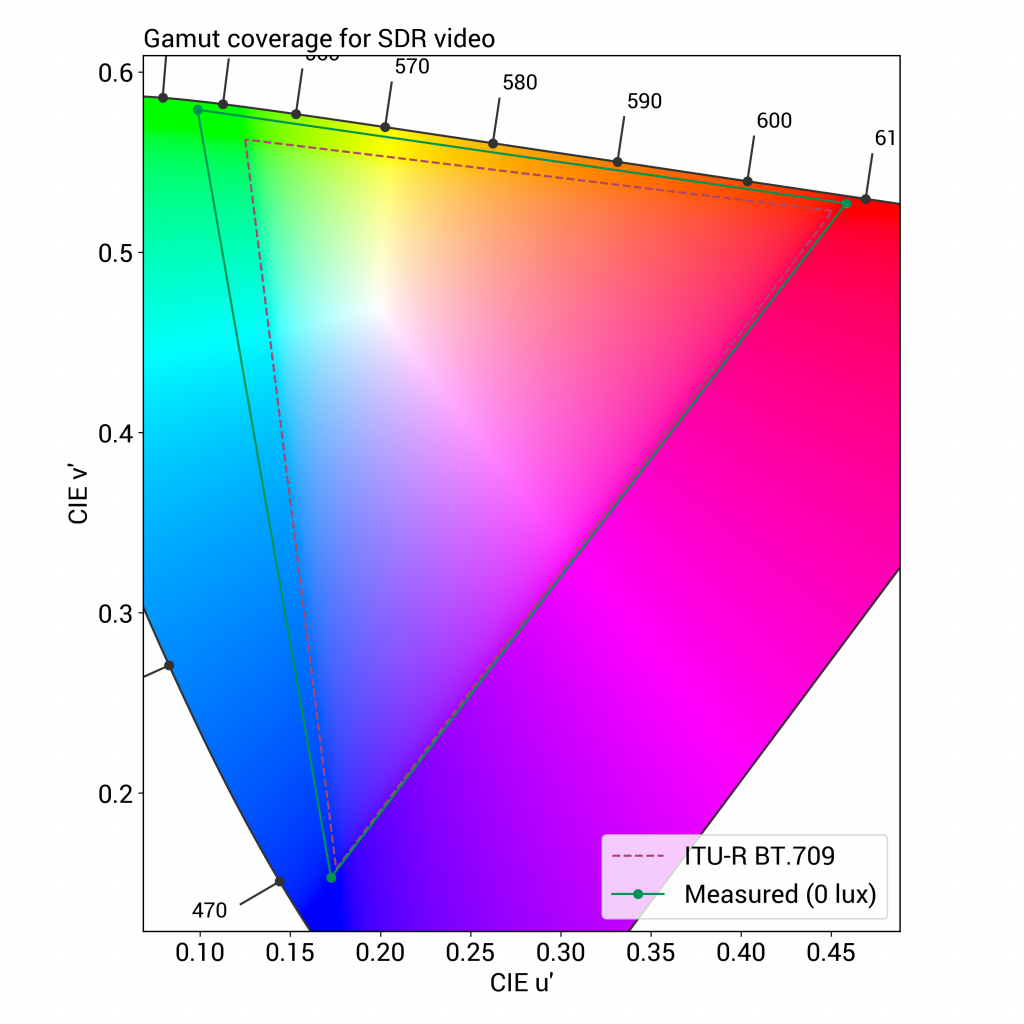
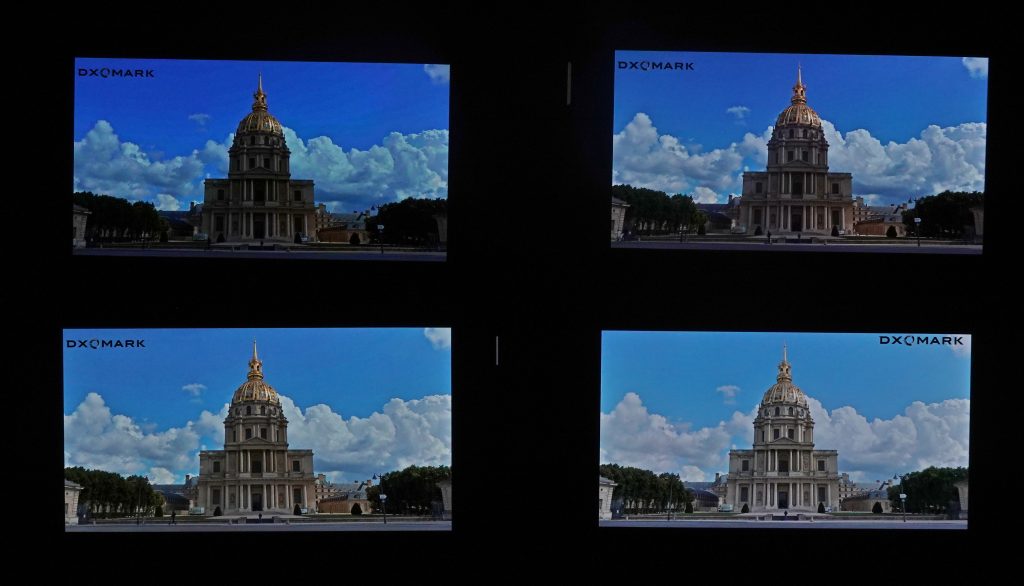
Motion
Oppo Find X5 Lite
The motion attribute evaluates the handling of dynamic contents. Frame drops, motion blur, and playback artifacts are scrutinized using games and videos.
Video Frame Drops
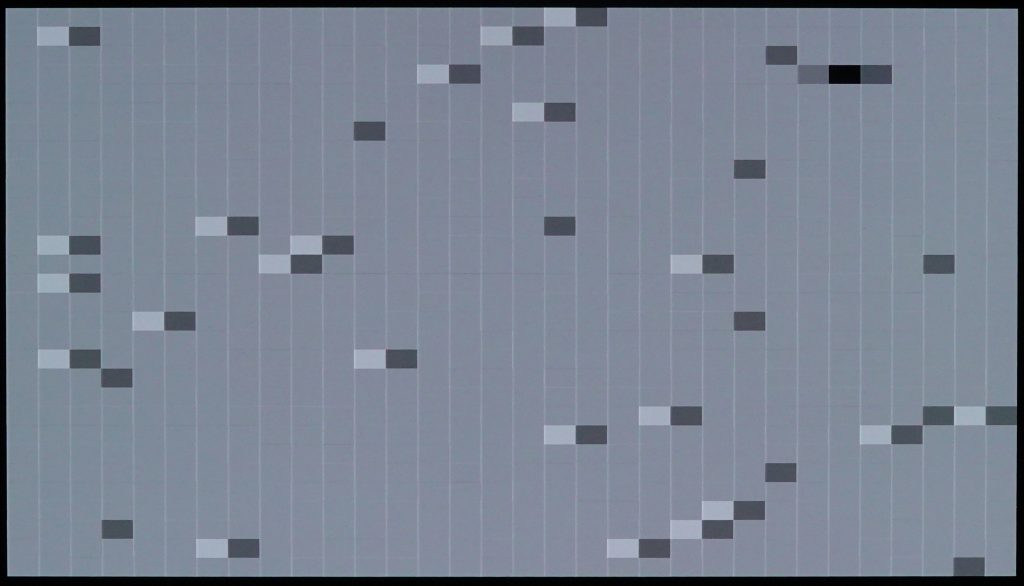
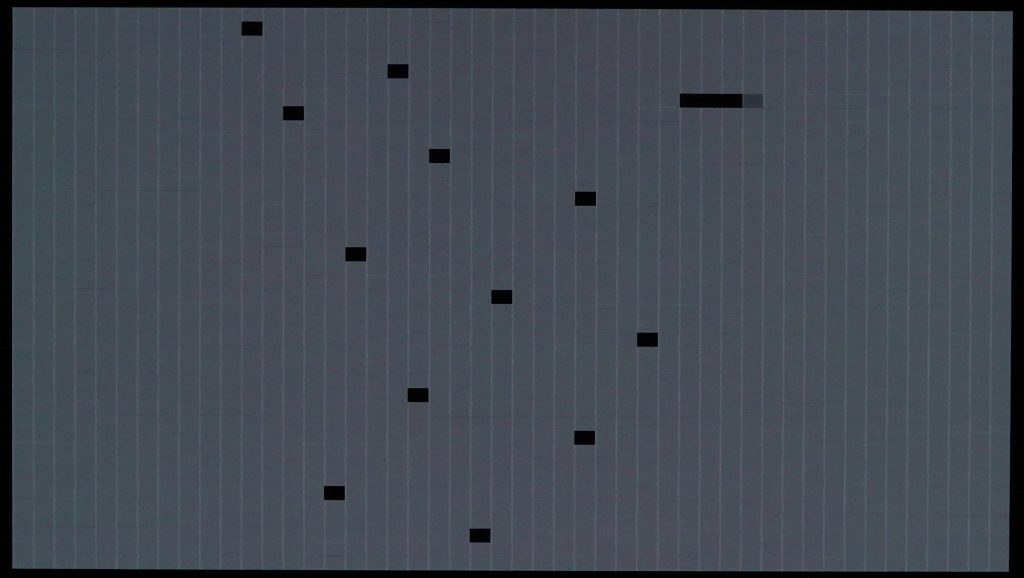
Touch
Oppo Find X5 Lite
164
To evaluate touch, DXOMARK uses a touch robot and a high-speed camera to play and record a set of scenarios for smoothness, accuracy and response-time evaluation.
This response time test evaluates precisely the time elapsed between the robot touching the screen and the displayed action. This test is applied to activities that require a high reactivity, such as gaming.
Oppo Find X5 LiteArtifacts
Evaluating artifacts means checking for the performance, image rendering and motion flaws that can affect the end-user experience. DXOMARK measures precisely the device’s reflectance and the presence of flicker as well as evaluates the residual aliasing when playing videogames, among others.
Measurements above that show the reflection of the device within the visible spectrum range (400 nm to 700 nm). It includes both diffuse and specular reflection
This graph represents the frequencies of lighting variation; the highest peak gives the main flicker frequency.


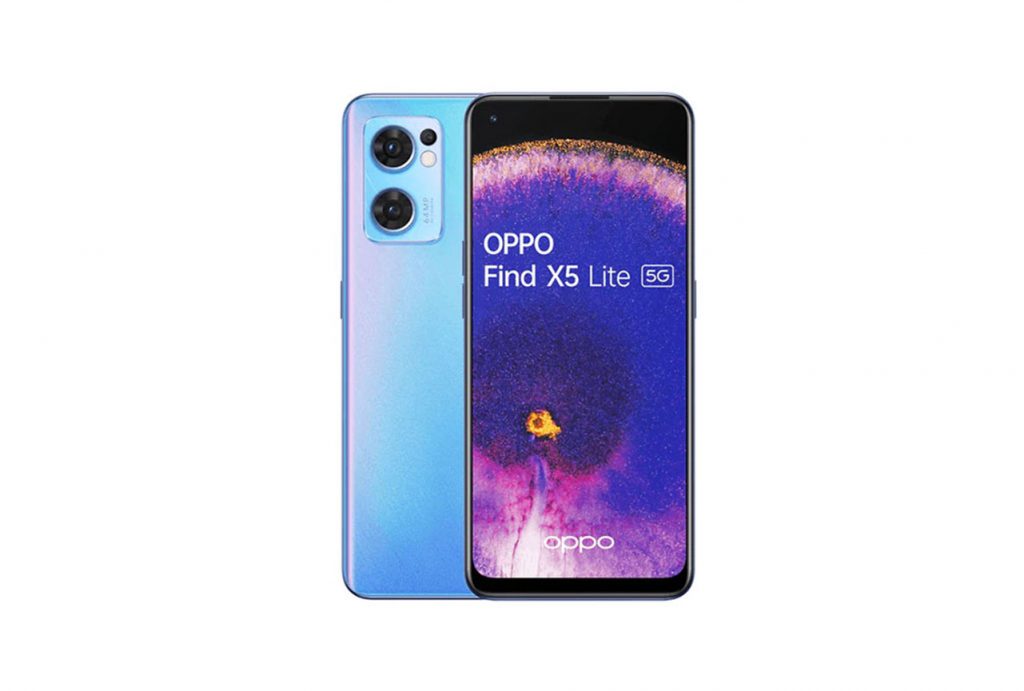
DXOMARK encourages its readers to share comments on the articles. To read or post comments, Disqus cookies are required. Change your Cookies Preferences and read more about our Comment Policy.